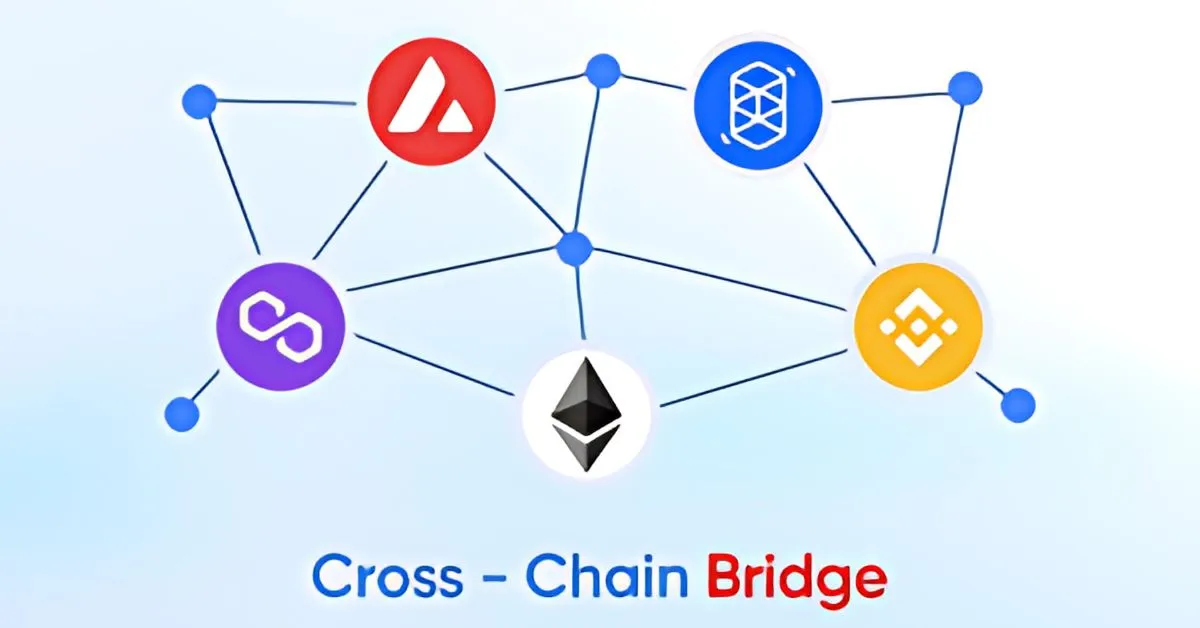
Top 5 Most Common Cross‑Chain Bridges in DeFi
Cross‑chain bridges act like “silk‑road bridges,” enabling communication and asset transfer between different blockchains.
1. Chain‑Specific Bridges
These bridges connect exactly two blockchains (usually L1 networks), developed by the blockchain foundation. They are simple and easy to use but limited to those two chains.
Examples:
• Polygon PoS Bridge (Ethereum ↔ Polygon)
• Rainbow Bridge (Near), Wormhole (Solana), Horizon Bridge (Harmony), Good Bridge (Avalanche), Mobius Bridge (Celo)
2. EVM Blockchain Bridges
Built for EVM‑compatible chains (e.g., BSC, Polygon, Fantom).
Because Ethereum dominates DeFi (65 %+ TVL with around $118 billion), these bridges connect Ethereum with other EVM chains.
Popular Bridges:
• Multichain (Anyswap)
• Celer Bridge
• Synapse
• Ren Bridge
• Li Finance
• xPollinate
• HotCross
3. Non‑EVM Blockchain Bridges
Designed for non‑EVM networks like Solana, Cardano, Terra, Algorand.
Notable Types:
• Chain‑Specific Bridges
• Allbridge
4. Layer 2 Bridges
Used for transferring large volumes securely from Layer 1. Security comes from L1 Ethereum directly.
Examples:
• Celer Bridge
• Synapse Protocol
• Hop Exchange
• LayerSwap
• Across
• Also some chain‑specific Layer 2 bridges
5. CEX Bridges
Centralized exchanges (CEX) act as bridges by allowing users to deposit on one chain and withdraw on another.
Examples:
• Binance (to BSC)
• FTX (to Solana)
• Crypto.com (to Cronos)
• Huobi (to HECO)
• OKEx (to OKEx Chain)
• KuCoin (to KuCoin Chain)
Key Precautions when Using Bridges
• Understand how the bridge works: some lock and mint wrapped tokens; others transfer directly.
• Always verify the token’s smart contract address.
• Learn the recommended bridge process from guides.
6. Conclusion
There are five main types of cross‑chain bridges. Each serves different chains and purposes. Understanding them helps choose the right one and use safely in DeFi.